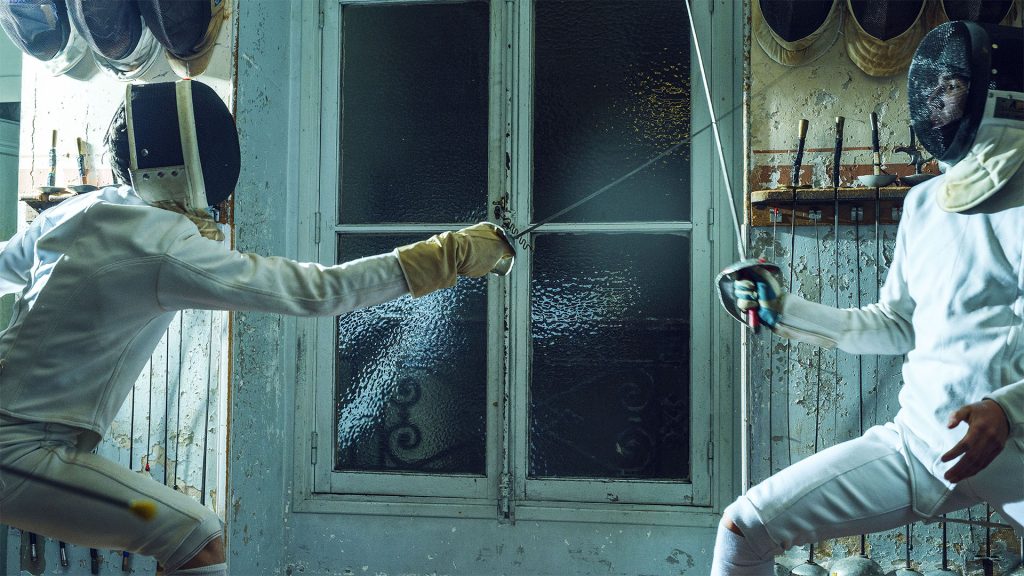The fence concept was developed by Geoff Thompson using principles from krav maga that are based on classic martial arts techniques passed down through generations. The Fence can be quickly picked up by beginners with no martial arts training, and practiced alone in front or a mirror.
The fence concept involves creating distance between yourself and an aggressor, and preparing yourself to respond in a number of different ways to best protect yourself in a variety of situations.
By positioning your body in the fence position, you are taking the first step to responding, not reacting, to a situation and adapt to best fit a particular set of circumstances.
How to practice the fence position:
- Stand in front of a mirror so that you can observe your body language. Imagine an aggressor in the mirror in front of you.
- Raise your arms to about chest height, but don’t fully extend them. They should create roughly half a meter (1.5 feet) of distance between yourself and the mirror, slightly bent at the elbow.
- Turn your palms to face down at a slight angle; this both signals a desire to defuse the situation, and avoids telegraphing your next movement.
That’s it. From this position, there are five general responses to a threat that you can take into consideration. Try to run through each, monitoring your reaction to a potential threat and how you are able to adapt to different scenarios.
From the fence position, there are five possible options for response:
- Submit. Offer no resistance and comply with demands. This can be used as a diversion or to give in during situations when necessary, but the fence stance helps keep distance in case of any escalation.
- Defuse. With the distance maintained by the fence position, the opportunity to talk your way out of the situation may be possible. Other non-violent means, such as ignoring an aggressor, may also be possible.
- Escape. The distance created from the fence position can also provide the opportunity to get away. The stance can be utilized to push an aggressor away or to put an object (obstacle) between yourself and the threat.
- Posture. Maintaining distance using the fence position will draw attention to your body language; make use of it to display that you are capable of defending yourself in an attempt to dissuade an attack.
- Fight. Physical altercation may be unavoidable, and necessary to protect yourself. The fence stance provides the perfect position to respond to an attack by blocking it and offering your own form of retaliation.
Imagine the position as building an imaginary fence between yourself and an attacker: it can be made of wooden slats, chain links, or even barbed wire. The stronger your fence is, the more of a deterrent it will be to anyone attempting to break through it.
[text-block-start]
At MaArtial, we believe in practical training of self defense techniques that can be actively implemented in real-world scenarios.
While a modern technique, the fence is a classic position that recalls the sword and shield stance of a gladiator or medieval knight. It prepares one for both offensive and defensive tactics depending on what is needed in a particular situation.
[text-block-end title=”MaArtial comment”]
NEW! Put the principles from this article into practice with the free courage-boosting MaArtial app on the App Store for iOs and Play Store for Android.
Photo: Christopher Anderson/Magnum Photos/Profimedia.CZ












